Kung Pao Chicken, a staple of Sichuan cuisine, originated in the Sichuan province of China. The dish is named after Ding Baozhen, a Qing Dynasty official whose title was “Gong Bao” (translated to “Kung Pao” in English), meaning “Palace Guardian.” He is credited with popularizing this dish, which blends diced chicken with peanuts, vegetables, and chili peppers in a flavorful, tangy sauce. The dish is renowned for its distinctive combination of spicy, sweet, and savory flavors, as well as the numbing sensation imparted by Sichuan peppercorns. Today, Kung Pao Chicken is enjoyed worldwide, with various regional adaptations.
Perfect for a quick weeknight dinner or an impressive dish for entertaining, our Kung Pao Chicken recipe is easy to prepare and packed with flavor. Serve it over steamed rice to absorb the delicious sauce, and enjoy a taste of traditional Chinese cuisine in your own home. Whether you’re a fan of spicy dishes or simply looking to explore new culinary horizons, Kung Pao Chicken is a must-try recipe that promises to delight and satisfy.
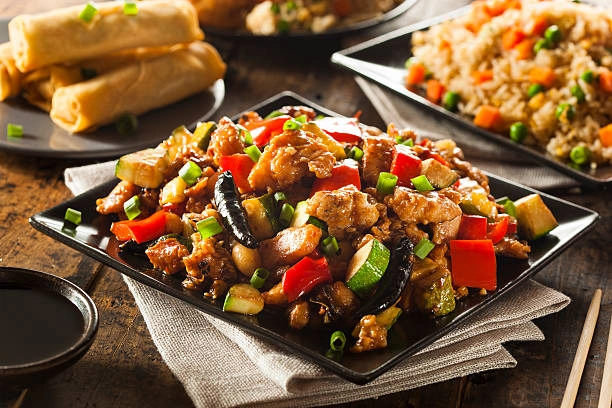
What are the benefits of Kung Pao Chicken?
Kung Pao Chicken is a flavorful dish packed with essential nutrients and health benefits. Featuring lean chicken as a high-quality protein source, it supports muscle repair and growth, while ingredients like bell peppers, zucchini, and peanuts provide vitamins (such as vitamins A and C) and minerals (like magnesium) crucial for immune function, skin health, nerve function, and energy production. Rich in antioxidants, this dish helps combat oxidative stress and inflammation, with peanuts offering healthy monounsaturated and polyunsaturated fats beneficial for heart health. The presence of capsaicin from chili peppers may aid in metabolism, fat loss, and circulation. Moreover, the dish’s fiber content from vegetables aids digestion, promotes satiety, and supports weight management. Known for its harmonious blend of spicy, sweet, sour, and savory flavors, Kung Pao Chicken is not only versatile but also a satisfying and enjoyable meal choice adaptable to various dietary preferences and nutritional needs. With its array of health benefits and culinary appeal, this dish stands out as a wholesome and balanced option that can be enjoyed without compromising on taste or calorie intake.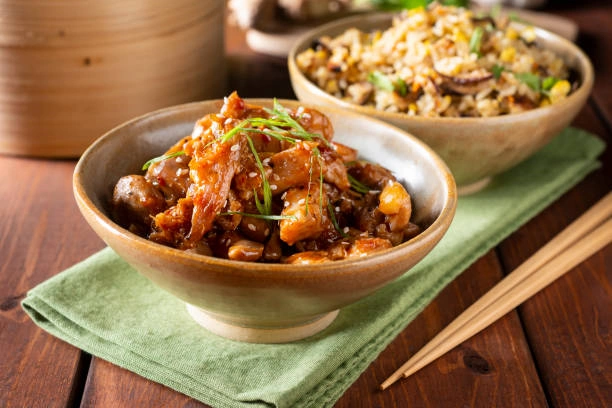
Step into kitchen right now!!! Let’s try Kung Pao Chicken together!!!
Step 1: Marinate the Chicken
In a bowl, combine the chicken pieces with soy sauce, Shaoxing wine, and cornstarch. Mix well and let it marinate for at least 15-20 minutes.
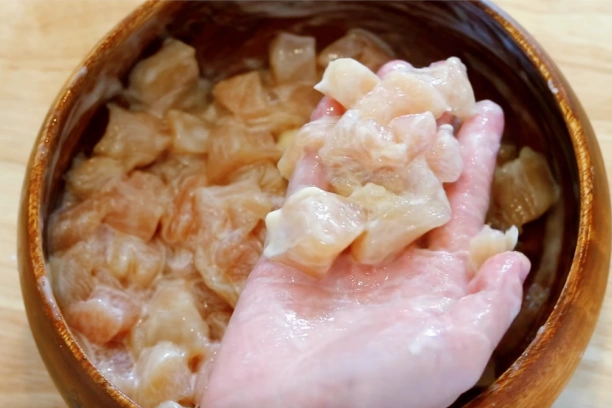
Step 2: Prepare the Sauce
In a small bowl, whisk together soy sauce, dark soy sauce (if using), black vinegar, hoisin sauce, sugar, cornstarch, and water. Set aside.
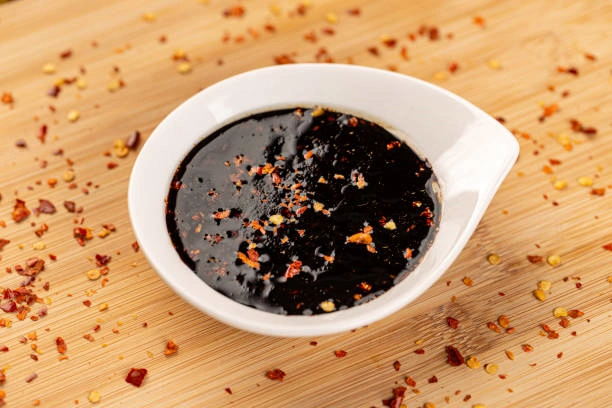
Step 3: Stir-Fry the Aromatics and Chicken
Heat a wok or large skillet over medium-high heat. Add the vegetable oil and swirl to coat. Add the dried red chilies and Sichuan peppercorns, and stir-fry for about 30 seconds until fragrant but not burnt. Add the marinated chicken to the wok and stir-fry until the chicken is no longer pink and starts to brown, about 3-4 minutes. Remove the chicken from the wok and set aside.
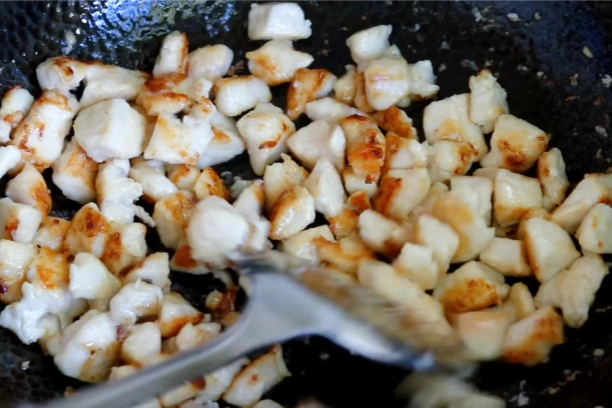
Step 4: Cook the Vegetables
In the same wok, add a bit more oil if needed. Add the minced garlic and ginger, and stir-fry for about 30 seconds until fragrant. Add the diced red and green bell peppers, and the white parts of the green onions. Stir-fry for 2-3 minutes until the vegetables are tender-crisp.
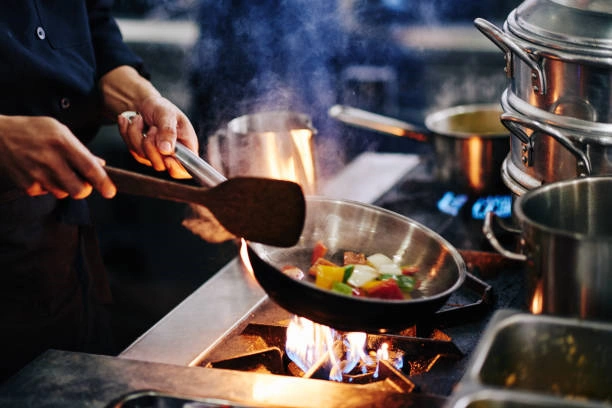
Step 5: Combine and Finish
Return the cooked chicken to the wok. Stir the prepared sauce and pour it into the wok. Stir-fry everything together for another 2-3 minutes until the chicken and vegetables are evenly coated with the sauce and the sauce has thickened. Add the roasted peanuts and the green parts of the green onions. Stir to combine. Transfer the Kung Pao Chicken to a serving dish. Serve hot with steamed rice or noodles.
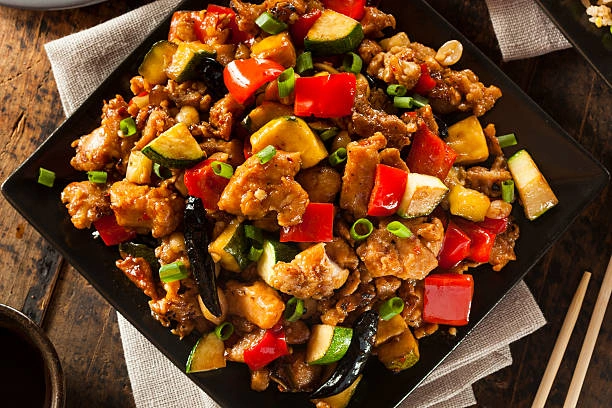
Some Tips for cooking kung pao chicken recipe:
- Adjust the number of dried red chilies and Sichuan peppercorns to your preferred level of spiciness and numbness.
- You can add other vegetables like zucchini, carrots, or celery for additional texture and flavor.
- For a vegetarian version, you can substitute chicken with tofu or a mix of mushrooms.
Our Kung Pao Chicken recipe offers a delightful journey into the heart of Sichuan cuisine, presenting a perfect harmony of spicy, sweet, and savory flavors that tantalize the taste buds. Featuring tender chicken, crunchy peanuts, and vibrant vegetables coated in a luscious, tangy sauce, this dish is both satisfying and unforgettable. Not only does it provide an authentic taste of Chinese culinary tradition, but it also delivers a delightful interplay of textures and a burst of bold flavors, making it a standout meal choice. Whether you’re preparing a meal for family, friends, or yourself, Kung Pao Chicken is an easy-to-make, versatile dish that injects a touch of excitement into any dining experience.
If you want more information on food and recipes, keep following bygoody!!
Print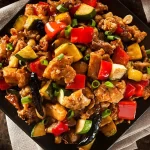
Homemade Kung Pao Chicken: Bold Flavors
- Total Time: 35minutes
Description
Kung Pao Chicken, a staple of Sichuan cuisine, originated in the Sichuan province of China. The dish is named after Ding Baozhen, a Qing Dynasty official whose title was “Gong Bao” (translated to “Kung Pao” in English), meaning “Palace Guardian.” He is credited with popularizing this dish, which blends diced chicken with peanuts, vegetables, and chili peppers in a flavorful, tangy sauce. The dish is renowned for its distinctive combination of spicy, sweet, and savory flavors, as well as the numbing sensation imparted by Sichuan peppercorns. Today, Kung Pao Chicken is enjoyed worldwide, with various regional adaptations.
Ingredients
For the Marinade:
- 1 pound boneless, skinless chicken breast or thighs, cut into bite-sized pieces
- 1 tablespoon soy sauce
- 1 tablespoon Shaoxing wine (Chinese cooking wine) or dry sherry
- 1 teaspoon cornstarch
For the Sauce:
- 2 tablespoons soy sauce
- 1 tablespoon dark soy sauce (for color, optional)
- 1 tablespoon black vinegar or rice vinegar
- 1 tablespoon hoisin sauce
- 1 tablespoon sugar
- 2 teaspoons cornstarch
- 3 tablespoons water
For the Stir-Fry:
- 2 tablespoons vegetable oil
- 8–10 dried red chilies, seeds removed and cut into halves (adjust to taste)
- 1 tablespoon Sichuan peppercorns
- 2 cloves garlic, minced
- 1 tablespoon ginger, minced
- 1/2 cup roasted peanuts
- 1 red bell pepper, diced
- 1 green bell pepper, diced
- 3 green onions, chopped (white and green parts separated)
Instructions
Step 1:Marinate the Chicken
- In a bowl, combine the chicken pieces with soy sauce, Shaoxing wine, and cornstarch.
- Mix well and let it marinate for at least 15-20 minutes.
Step 2:Prepare the Sauce
- In a small bowl, whisk together soy sauce, dark soy sauce (if using), black vinegar, hoisin sauce, sugar, cornstarch, and water. Set aside.
Step 3:Stir-Fry the Aromatics and Chicken
- Heat a wok or large skillet over medium-high heat. Add the vegetable oil and swirl to coat.
- Add the dried red chilies and Sichuan peppercorns, and stir-fry for about 30 seconds until fragrant but not burnt.
- Add the marinated chicken to the wok and stir-fry until the chicken is no longer pink and starts to brown, about 3-4 minutes. Remove the chicken from the wok and set aside.
Step 4:Cook the Vegetables
- In the same wok, add a bit more oil if needed. Add the minced garlic and ginger, and stir-fry for about 30 seconds until fragrant.
- Add the diced red and green bell peppers, and the white parts of the green onions. Stir-fry for 2-3 minutes until the vegetables are tender-crisp.
Step 5:Combine and Finish
- Return the cooked chicken to the wok. Stir the prepared sauce and pour it into the wok.
- Stir-fry everything together for another 2-3 minutes until the chicken and vegetables are evenly coated with the sauce and the sauce has thickened.
- Add the roasted peanuts and the green parts of the green onions. Stir to combine.
- Transfer the Kung Pao Chicken to a serving dish.
- Serve hot with steamed rice or noodles.
Equipment
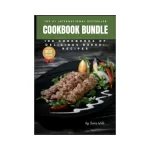 Buy Now →
Buy Now → 
All-Clad Essentials Hard Anodized Nonstick Fry Pan
Buy Now →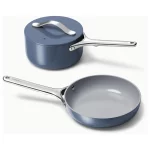 Buy Now →
Buy Now → 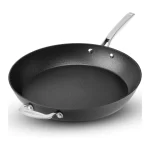
Granitestone 14 Inch Family Size Nonstick Frying Pan
Buy Now → Buy Now →
Buy Now → 
Make 75% commission with Cooking Tips!
Buy Now →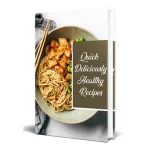
Quick and Deliciously Healthy Recipes
Buy Now →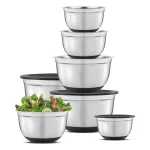
JoyJolt Stainless Steel Mixing Bowls with Airtight Lids
Buy Now →Notes
- Adjust the number of dried red chilies and Sichuan peppercorns to your preferred level of spiciness and numbness.
- You can add other vegetables like zucchini, carrots, or celery for additional texture and flavor.
- For a vegetarian version, you can substitute chicken with tofu or a mix of mushrooms.
- Prep Time: 15minutes
- Cook Time: 20minutes
- Category: Asia,RECIPE
-
How can you achieve the signature balanced flavor profile of sweet, salty, sour, and spicy in Kung Pao Chicken?
Balance soy sauce, vinegar, sugar, and spicy peppers like Sichuan peppercorns for a harmonious flavor. Adjust the seasoning with a touch of honey or citrus for the perfect sweet-sour balance.
-
How do you ensure the chicken in Kung Pao Chicken is tender and flavorful?
Marinate the chicken in a mixture of soy sauce, rice wine, and cornstarch to tenderize and infuse flavor. Stir-fry the chicken on high heat briefly to lock in moisture and keep it juicy.
-
How can you enhance the overall texture and appearance of Kung Pao Chicken?
Add crunchy peanuts or cashews for texture contrast. Garnish with fresh scallions or cilantro for a pop of color and freshness. Finish with a sprinkling of toasted sesame seeds for added flavor and visual appeal.

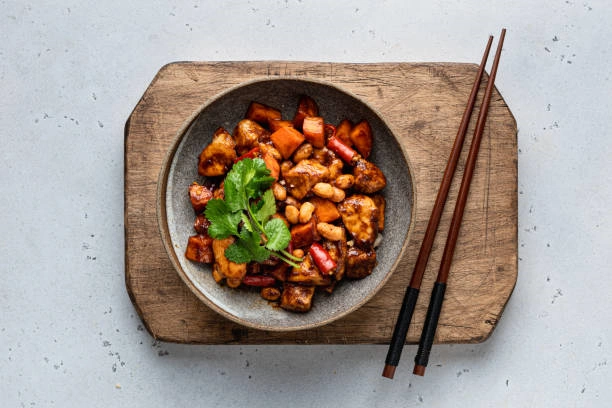


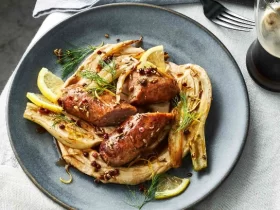
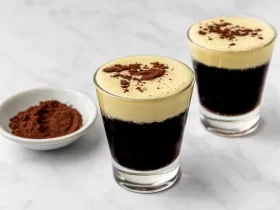
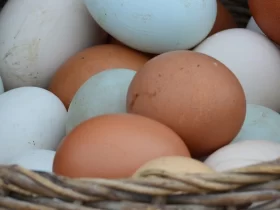
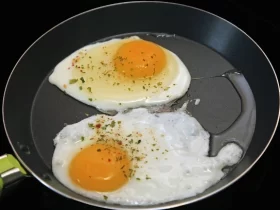
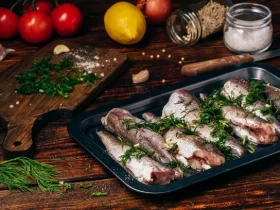
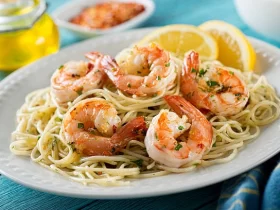

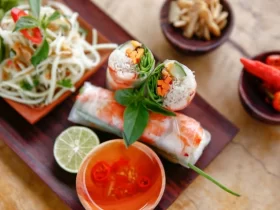
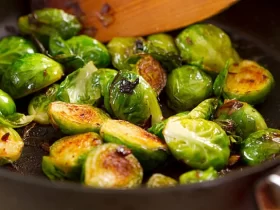


Leave a Reply